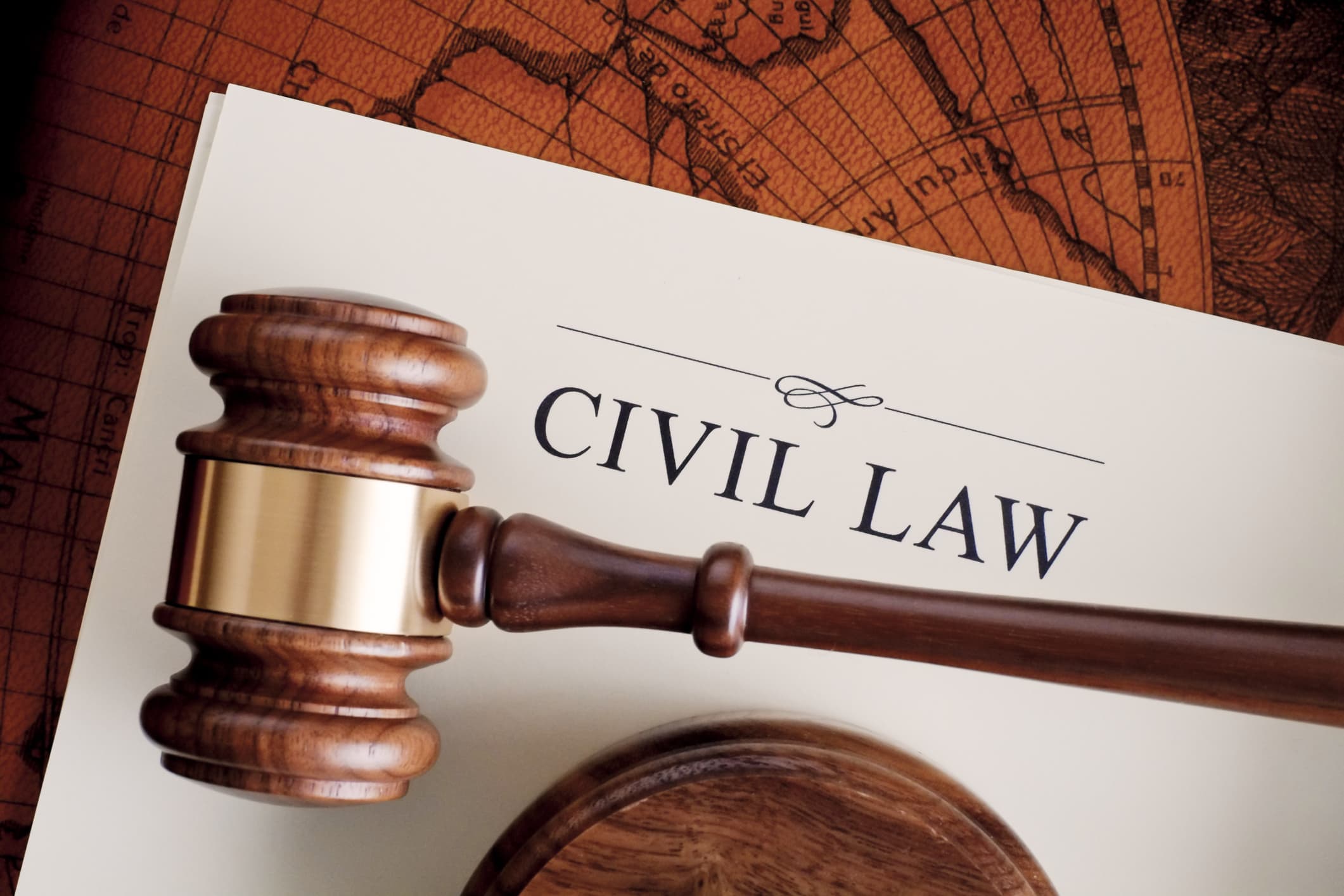
Law school is a significant step for many aspiring lawyers and legal professionals, offering a rigorous education that prepares students for a complex and dynamic field. It is not merely a place of learning but a transformative experience that shapes one’s understanding of the law, critical thinking skills, and professional identity. This article explores the structure of law school, the curriculum, the challenges students face, and tips for success.
Understanding Law School Structure
Law school typically spans three years, culminating in a Juris Doctor (JD) degree. The structure of law school can vary between institutions, but most programs follow a similar format:
1. First Year (1L)
The first year is often considered the most challenging and foundational period. Students are introduced to core subjects, which usually include:
- Contracts: Understanding the formation and enforcement of agreements.
- Torts: Examining civil wrongs and liability.
- Civil Procedure: Learning the rules and processes that govern civil litigation.
- Criminal Law: Studying offenses against the state and legal defenses.
- Constitutional Law: Exploring the framework of government and individual rights.
- Legal Research and Writing: Developing essential research and writing skills necessary for legal practice.
The 1L year is marked by intense reading assignments, case briefs, and the Socratic method, where professors engage students in critical discussions about legal principles.
2. Second Year (2L)
The second year offers more flexibility as students can choose electives alongside required courses. Common electives include:
- Property Law: Covering ownership rights and real estate transactions.
- Corporate Law: Exploring business structures and regulations.
- Family Law: Delving into legal issues related to marriage, divorce, and child custody.
- Intellectual Property: Examining protections for inventions and creative works.
Many students also begin participating in internships or clerkships during the summer, gaining practical experience in legal settings.
3. Third Year (3L)
The final year often emphasizes specialized knowledge and practical skills. Students may take advanced courses and may have opportunities to participate in clinics, where they work on real cases under supervision. This year is also crucial for preparing for the bar exam, which is required to practice law in most jurisdictions.
The Curriculum
Law school curricula are designed to develop critical legal skills and knowledge. Key components include:
1. Case Law Analysis
Students learn to read and analyze case law, which involves understanding judicial opinions, identifying legal principles, and applying them to new situations. This skill is fundamental to legal practice.
2. Legal Writing
Effective communication is crucial for lawyers. Legal writing courses teach students how to draft legal documents, such as briefs and contracts, clearly and persuasively.
3. Moot Court and Advocacy
Many law schools offer opportunities for students to participate in moot court competitions, where they argue cases before judges. This experience enhances public speaking and advocacy skills, vital for any legal career.
4. Ethics and Professional Responsibility
Law schools emphasize ethical considerations in legal practice. Courses in legal ethics help students understand their professional responsibilities and the importance of integrity in the legal profession.
Challenges Faced by Law Students
Law school is demanding and can be overwhelming. Some common challenges include:
1. Heavy Workload
Students must manage extensive reading assignments, case briefs, and research projects. Balancing coursework with personal life can be difficult, leading to stress and burnout.
2. High Stakes Environment
The competitive nature of law school can create anxiety. Students often feel pressure to excel academically, particularly during exams, which can significantly impact their grades and career prospects.
3. Navigating Legal Complexities
The law is intricate, and students must grapple with nuanced concepts and diverse legal doctrines. This complexity can be daunting, especially for those unfamiliar with legal principles.
4. Financial Burden
Law school can be expensive, leading to significant student debt. Managing finances while pursuing an education can add to the stress of the experience.
Tips for Success in Law School
Despite the challenges, there are strategies students can employ to thrive in law school:
1. Stay Organized
Effective time management is crucial. Use planners or digital tools to keep track of assignments, deadlines, and exam dates. Creating a study schedule can help distribute your workload evenly.
2. Engage Actively in Class
Participate in discussions and ask questions. Engaging with professors and classmates can deepen your understanding and help clarify complex topics.
3. Develop Strong Study Habits
Find a study method that works for you, whether it’s group study sessions, outlining notes, or flashcards. Regular review and practice can reinforce learning.
4. Utilize Resources
Most law schools offer various resources, including academic support, writing centers, and counseling services. Don’t hesitate to seek help when needed, whether academically or emotionally.
5. Network and Build Relationships
Networking is essential in the legal field. Attend events, join student organizations, and connect with alumni. Building relationships can open doors for internships and job opportunities.
6. Prioritize






